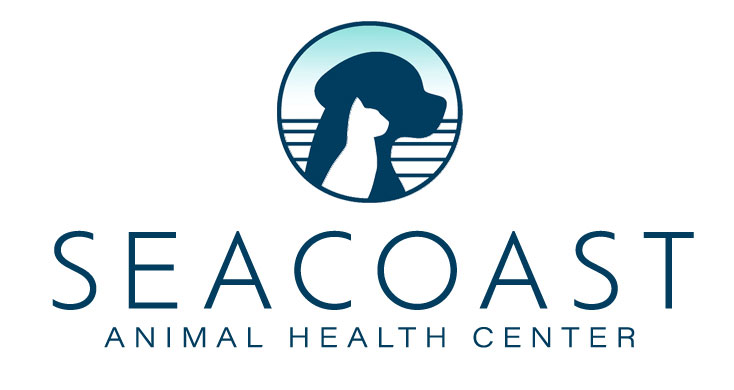Weight Management & Nutritional Counseling
Our doctors are passionate about whole-pet wellness, and body weight plays a direct role in everything from joint health and mobility to endocrine and cardiovascular function. Studies show that pets at a healthy weight live significantly longer and experience fewer chronic conditions compared to those who are overweight or obese.
How to Check Your Pet’s Weight at Home: Understanding the BCS Scale (1–9)
The Body Condition Score (BCS) is a standardized system used by veterinarians to evaluate whether a pet is underweight, overweight, or at an ideal body condition. It ranges from 1 to 9, where:
- 1 = emaciated
- 4–5 = ideal
- 9 = severely obese
Here’s how to assess your pet at home:
Step 1: Feel the Ribs
- Run your hands along your pet’s sides, just behind the front legs.
- At an ideal weight (BCS 4–5): You should be able to easily feel the ribs without pressing hard, but they shouldn’t be visibly sticking out.
- If you have to press firmly to feel the ribs, your pet is likely overweight (BCS 6–7).
- If the ribs are very difficult or impossible to feel, your pet may be obese (BCS 8–9).
- If the ribs are very prominent and there is little to no fat covering, your pet may be underweight (BCS 1–3).
Step 2: Check the Waist
- Look at your pet from above while they’re standing.
- Ideal (BCS 4–5): You should see a visible waist behind the ribs—an “hourglass” shape.
- If there’s little to no waist and the body is more oval or round, the pet may be overweight.
- If the waist is too pronounced and the pelvis or spine is visible, the pet may be underweight.
Step 3: Evaluate the Abdomen (Tuck-Up)
- Look at your pet from the side.
- Ideal: There should be an upward “tuck” of the abdomen behind the ribcage.
- A sagging or hanging belly may suggest excess weight, while a very sharp tuck may indicate the pet is too thin.
- Why This Matters
Pets at a healthy weight are proven to live longer, have better joint function, fewer chronic diseases, and respond more effectively to medical treatments. Even modest weight loss can improve quality of life.
Our Role in the Process
At your pet’s exam, we’ll confirm the BCS, discuss your at-home observations, and partner with you to create a calorie-based nutritional and lifestyle plan that supports healthy weight loss or maintenance. Our approach is flexible—we focus on science, not brands, and work with foods your pet enjoys and that fit your daily routine. Our doctors are passionate about helping you keep your pet feeling their best for years to come.

